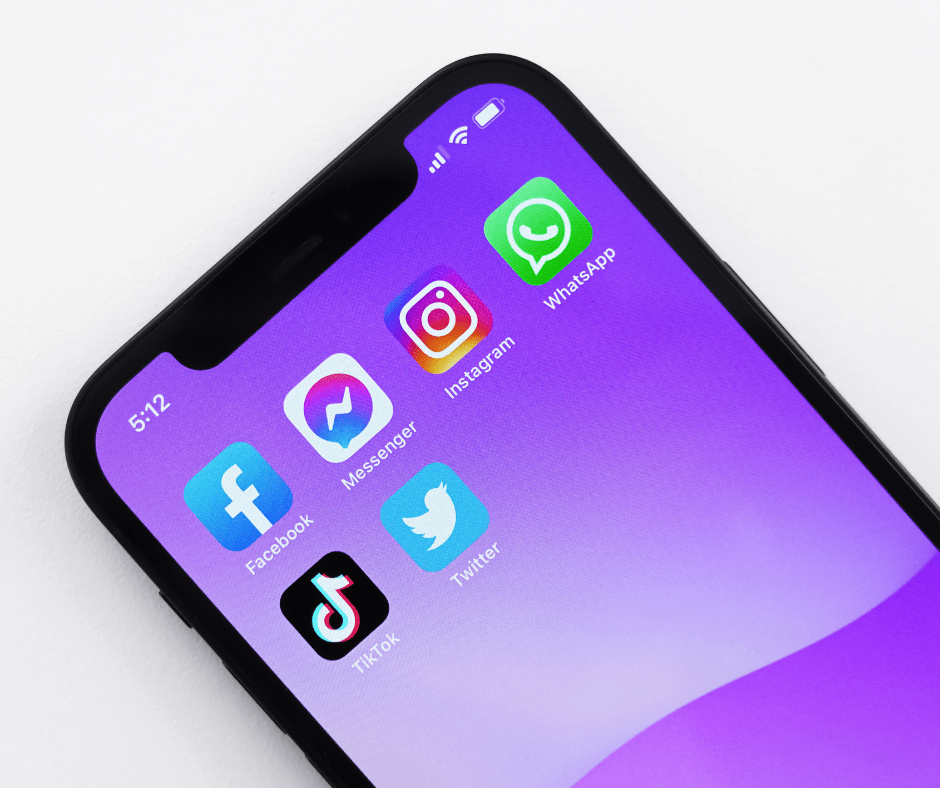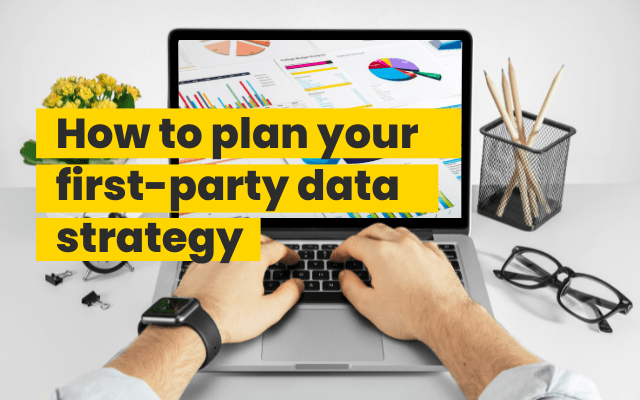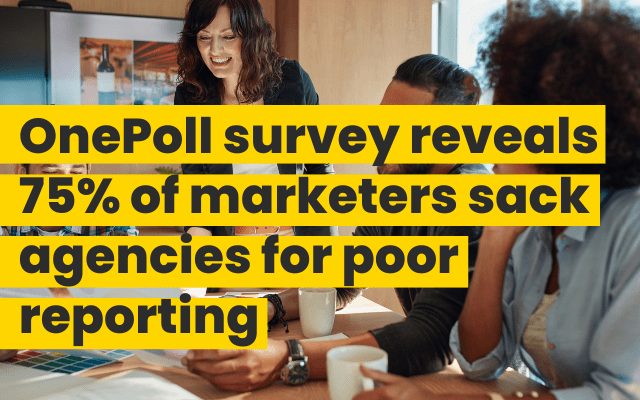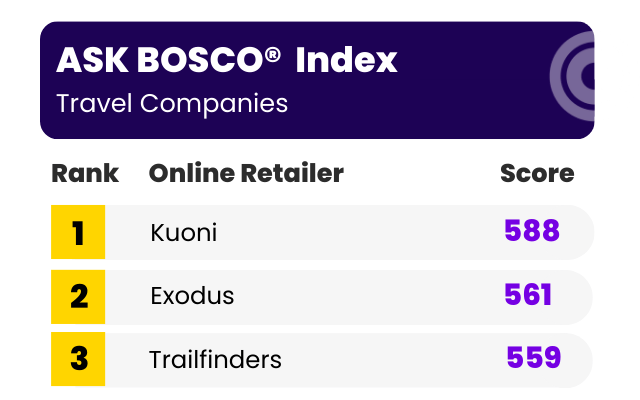There is no doubt that social media has had an exponential rise over the past few years and can be a useful tool when wanting to expand reach and engagement for businesses.
Instagram is currently one of the most used social media platforms to date, with over 1 billion monthly users. Establishing how best to target audiences to achieve pre-set marketing goals can maximise companies marketing revenue. In this guide, we explains the difference between paid social and organic social, their benefits and how they can work in tandem in your marketing strategy.
Differences between paid and organic social
Paid advertising on social media is pre-paid sponsored posts to reach your target audiences, at the right time. These posts will appear within the newsfeeds of new and existing consumers. Target audiences can be pinpointed by demographic, location or interests to expand reach and awareness.
Organic social is any form of advertising that doesn’t involve a paid promotion. However, engagement is a key element, as the higher the engagement on a post, the more likely the post is to be circulated rapidly and widely online.
The benefits of paid social
There are many benefits of paid social. Brands can obtain high levels of reach and awareness through investing in paid search, and it can act as a driver for brand recognition if content is regularly appearing on users’ newsfeeds.
Content can be specifically targeted to the relevant target audiences with the use of interest-based promotion, which can be a useful tool in targeting protentional customers who have a pre-existing interest in similar products but may not have heard of the brand in question.
Paid social can also be considered as cost effective, as it works on a pay-per-click basis. How the fee structure works, is that when consumer clicks on an ad, the company will pay a small fee to the social channel, which avoids large upfront fees and keeps costs down.
Paid social also offers measurable success. Most social media platforms will give feedback on impressions, conversion rates, engagement levels and reach for measuring return on investment.
Another large benefit of paid social, is being able to target impulse buyers quickly and easily. Many consumers will see gripping adverts amongst their stories and newsfeeds and be influenced into making direct purchases without much research into the brand.
Benefits of organic social
One of the biggest benefits to organic social is that it is free to use. Organic followings are followers that a company has gathered through organic posts that naturally happens over time.
As organic social followings are ones that are grown and nurtured by the brand themselves, there is a wide opportunity to build a strong relationship and reputation with their customers.
Organic social channels are also beneficial when it comes to building communities with like-minded people, and can quickly become places where customers can share their thoughts and understand the core values of the brand. Companies can use social channels to tell the brand story, and within that form trust through being transparent and listening to the opinions of their consumers.
Hybrid paid and organic social strategy
Both organic social and paid social are important for companies to remain visible in today’s digital market. Despite organic social being free to use, it is difficult to stand out from the noise of competitors.
One study indicated that only organic posts only reach 2% of followers, which declines as more companies invest in paid social. However organic social does provide a fantastic opportunity to connect with loyal followers and an expand a network through posts being shared on.
Marketers in charge of social channels must find a fine balance between promotional product posts and other interesting content to ensure followers remain engaged, however the better the content, the higher the likelihood of developing a wider network.
Paid social is a useful way of reaching new target audiences and developing a customer base, however as it is billable, companies will not want to waste money on campaigns that will not be successful.
The most effective way of ensuring a campaign will gain many impressions, is to do practice runs with organic followings. Companies can utilise their organic social channels to gauge what consumers are really interested in. The likelihood of a wider catchment of consumers engaging well with content that organic followers engaged well with is high, and can act as a practice run for paid social media campaigns.
How paid search differs from paid social
It is important to understand how paid social differs from paid search. Paid search is similar to paid social in terms of paying for an advertising service, however paid search appears on users’ screens on platforms such as Google or Amazon based off the viewers search history as oppose to appearing in newsfeeds on social channels.
There are many benefits of paid search including; high intent, targeted audience and the speed at which the adverts can appear on the user’s screen after a keyword search. However, weaknesses include lots of advert options meaning your advert could appear next to a competitor, limited options with the type of ad (text only or picture format) and targeting people at the later stage of the marketing funnel.
When it comes to deciding which paid advertising method is best for businesses, it is important to take all benefits and disadvantages listed above into consideration and remember that what works for one business might not be the same for another, but it’s never too late to adopt another strategy if the current one isn’t working.
BOSCO™’s unparalleled forecasting capabilities can help you make better, data-driven decisions with your media budgets. Our easy-to-use interface provides a single source of truth, enabling you to track and implement for optimal performance across all your marketing channels. Book a demo to find out more.




